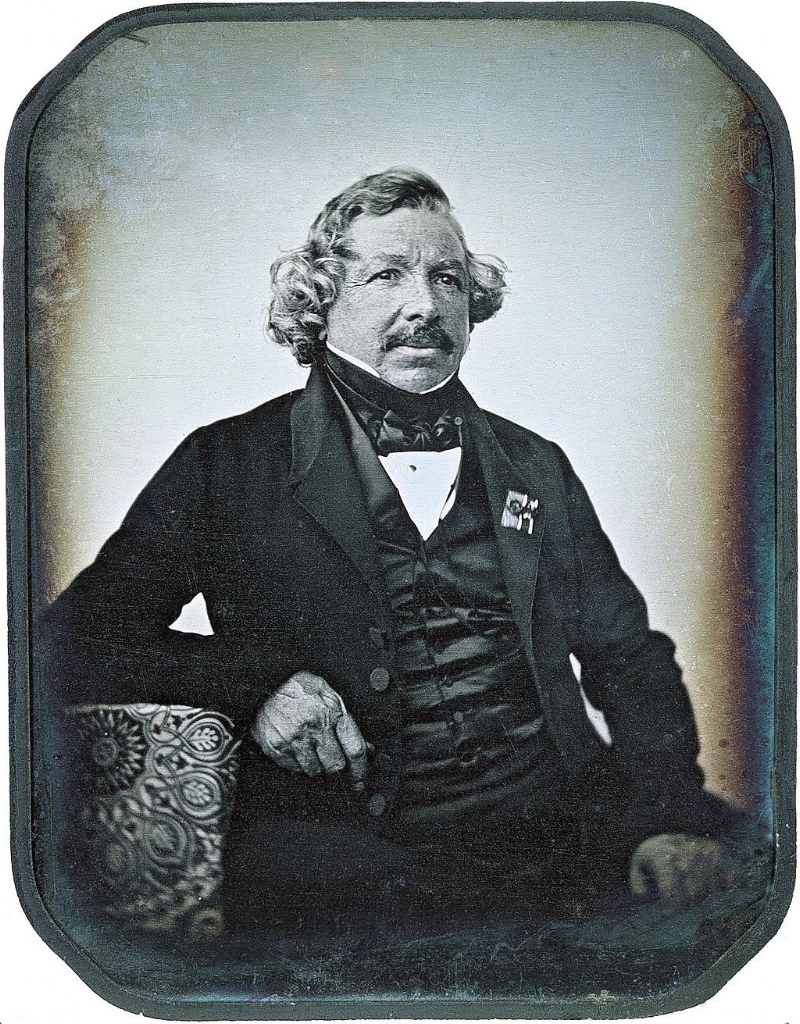The next real innovation in photography was actually several hundred years in the making. Angelo Sala in 1614 observed that silver nitrate blackened when exposed to sunlight but was dismissed by his peers. It wasn't until 1717, 103 years later, that Johann Heinrich Schulzes a professor accidentally learned about making a image imprint when he left a piece of silver nitrate on his window seal and observed a white line surrounded by blackened silver nitrate. Upon examination he found a thread hanging in his window that would have cast a shadow effectively not exposing part of the silver nitrate. William Henry Fox Talbot would be the man to harness this process to create what we know as a calotype.
"The light-sensitive silver halide in calotype paper was silver iodide, created by the reaction of silver nitrate with potassium iodide. First, "iodised paper" was made by brushing one side of a sheet of high-quality writing paper with a solution of silver nitrate, drying it, dipping it in a solution of potassium iodide, then drying it again. At this stage, the balance of the chemicals was such that the paper was practically insensitive to light and could be stored indefinitely. When wanted for use, the side initially brushed with silver nitrate was now brushed with a "gallo-nitrate of silver" solution consisting of silver nitrate, acetic acid and gallic acid, then lightly blotted and exposed in the camera. Development was effected by brushing on more of the "gallo-nitrate of silver" solution while gently warming the paper. When development was complete, the calotype was rinsed, blotted, then either stabilized by washing it in a solution of potassium bromide, which converted the remaining silver iodide into silver bromide in a condition such that it would only slightly discolor when exposed to light, or "fixed" in a hot solution of sodium thiosulphate, then known as hyposulphite of soda and commonly called "hypo", which dissolved the silver iodide and allowed it to be entirely washed out, leaving only the silver particles of the developed image and making the calotype completely insensitive to light. The calotype process produced a translucent original negative image from which multiple positives could be made by simple contact printing. This gave it an important advantage over the daguerreotype process, which produced an opaque original positive that could only be duplicated by copying it with a camera." (Excerpt from wikipedia)
The calotype could have been far more popular then it was at the time but due to Talbot's patent on the process it slowed down adoption very drastically as he would sue willly nilly anyone who used the same process. Even with his legal aggression the calotype still forms the basis for modern film photography.






